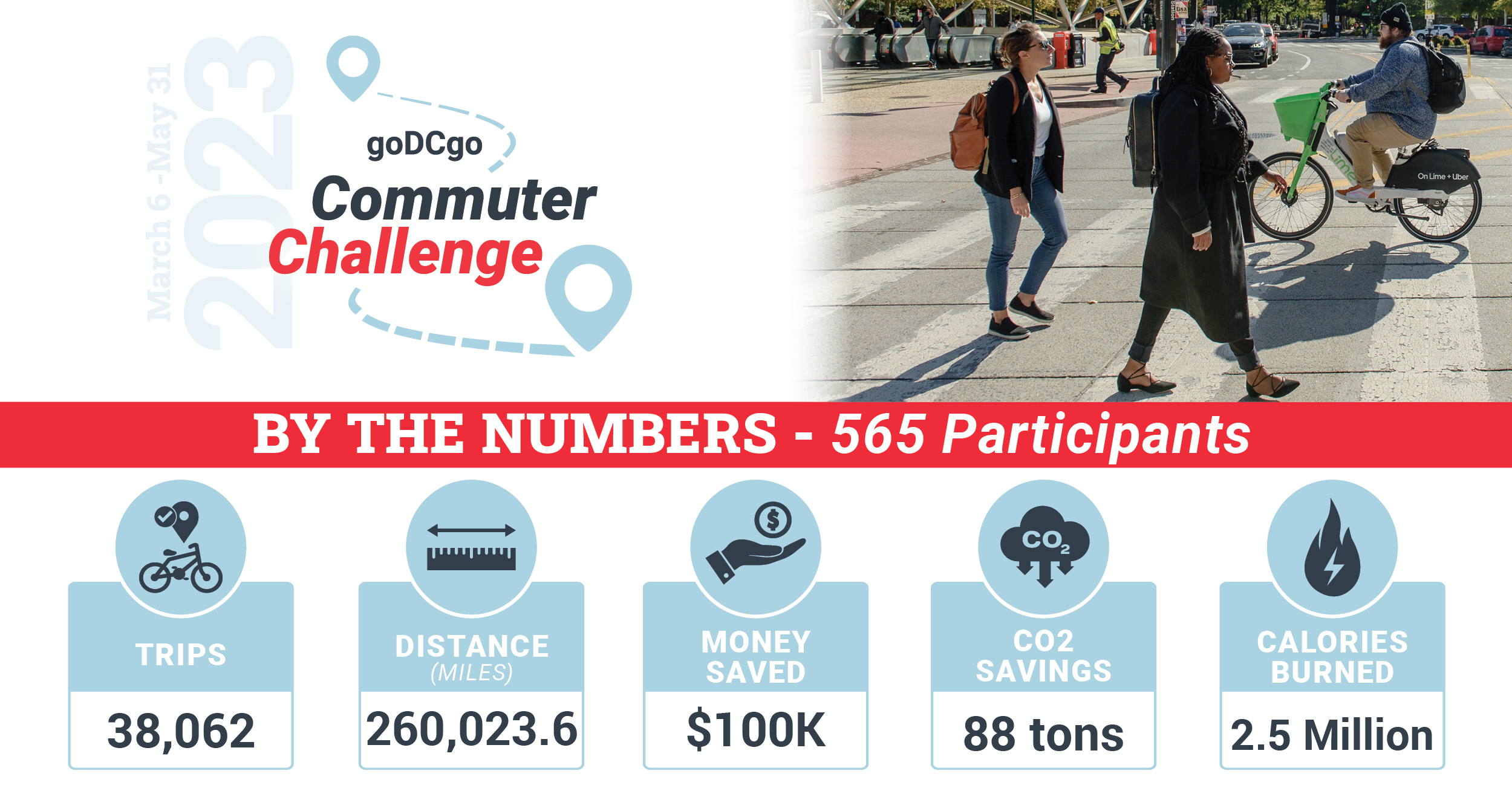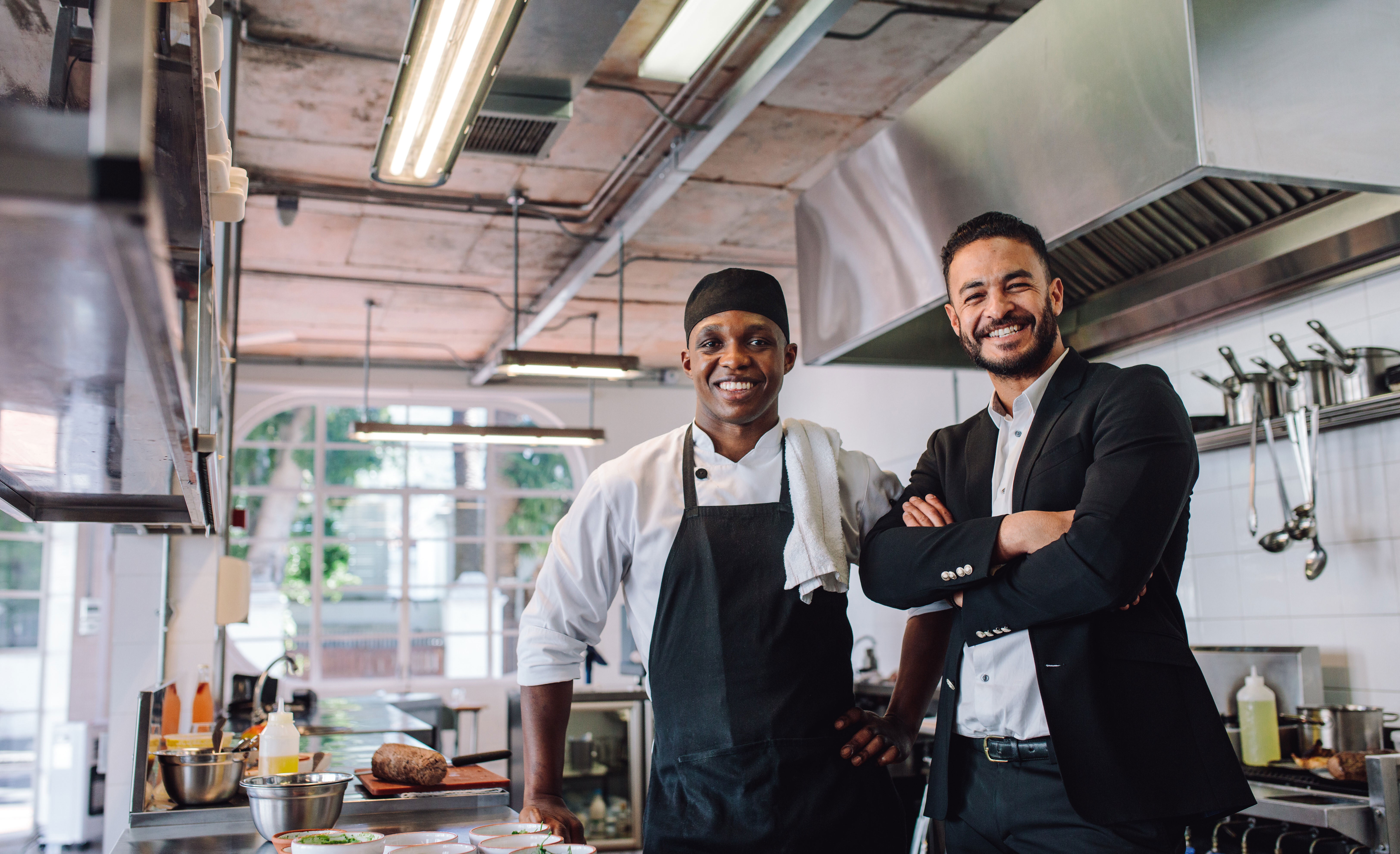by Necole Jackson
Fall is here and what better way to enjoy the brisk weather and colorful views than viewing them up close on two wheels? There are many benefits to biking, and with Biketober and our fall biking events right around the corner, we want every rider to become more confident with every trip. We teamed up with Trey Washington, DC Bike Ambassador Coordinator for Washington Area Bicyclist Association (WABA) to provide helpful tips for making biking accessible and enjoyable for every rider. With these tips, you’ll be more than prepared on your next trip and ready to join us at our next bike event!
Preparing for a Ride
As we approach the new season, preparing for your ride may differ from what you do in the summer months, such as choosing different clothing and navigation. But there are core preparation tools WABA recommends riders to take that can be used for every single ride.
First, evaluate your route when deciding your destination. “Planning a route is the most important aspect of your ride, which can make it enjoyable or tedious,” said Trey. Ask yourself, “What type of ride am I going for?” and evaluate if you prefer an easy ride or a more strenuous one. Plan which direction you want to take, and if it’s a longer ride, plan your pit stops for rest, refilling, and maintenance checks. You can use resources like Google Maps, Strava, goDCgo’s Interactive Map, or WABA’s library of local bike maps to plan your trip.
Also, evaluate if you would like the option of multi-model transportation. Buses are equipped with bike racks and bicycles are allowed on the metro. “I live about a mile away from the closest Metro,” said Trey. Bringing my bike on the Metro cuts my commute in half and is an easy stress-free way to get to where I need to go.”
Alright, so you know where you’re going and how to get there. Next, make sure you have everything you need for a smooth riding experience. That starts with equipment. Here’s a quick checklist of basic equipment you should have on every ride:
- Bike
- Helmet
- Water bottle
- U-lock and key
- Sunscreen
- Bike lights
- Bike bell
- Metro card/cash
- Snacks (optional)
- Bike tools and air pump (optional)
- Patch kit (optional)
- Reflector or vest materials (night ride)
The last way to prepare for a ride is to choose proper clothes. As the weather in the fall can flip from warmer to colder temperatures, riders need to plan ahead. First, check the forecast for your ride. Next, opt for layers, especially in colder months, and invest in wicking materials. Lastly, take a change of clothing as sweating is inevitable on your trip. Ultimately, wear what you want to make your outing all the more enjoyable.
The Basics of Riding a Bike
Now is the time to get on two wheels, but before you leave for your destination, it’s important to implement the ABC Quick Check. “Before every ride, going to or departing from, riders should do the ABC Quick Check,” says Trey.
ABC Quick Check includes the following steps:
- A = Air. Check to make sure the air in your tires is inflated to the proper PSI.
- B = Brakes. Make sure your brakes are responsive and not too squeaky.
- C = Chain, Crank, and Cassette. Chain should be on the cog, moving freely and properly lubed.
- Quick = Quick Release. Make sure the quick release are in the locked position and pointed towards the back of the bike.
- Check = Check! Do a visual inspection before your ride.
Following these steps is a form of maintenance that you can do yourself to ensure the ride is smooth and efficient.
Navigating Traffic on Two Wheels
Even though you are physically prepared for your ride, are you mentally ready to go? We understand that as intermediate riders, you’re a little apprehensive about traveling in the city. Traffic is loud and congested and may feel intimidating. Here are some tips from Trey that will ease your fears and get you comfortable with biking through DC.
First, always ride where you are the most visible on the road to ensure your safety. At night, always wear or have on your bike reflective materials. In regard to riding in traffic, the rightmost lane typically has the slowest traffic. If you feel like you don’t have enough room, take the lane. Lastly, scan your surroundings to be aware of any obstacles and potential hazards in your path and around you.
Second, go at your own pace and comfort level. “It’s okay to stop and walk your bike and become a pedestrian,” said Trey. “If you feel uncomfortable, take those safety measures to make your ride enjoyable.” You can take your bike on the sidewalk, as long as you are out of the central business district. Central business district is bounded by the following:
- 2nd St NW and SE
- D St SE and SW
- 14th St NW and SW
- Constitution Ave NW
- Massachusetts Ave NW
If you do ride on the sidewalk, yield to pedestrians and move at a slower pace.
If you feel more comfortable using bike lanes, you can plan your trip with bike lanes in mind using goDCgo’s interactive map. Just choose bike, then check bike lanes. If you are riding in bike lanes, follow the rules of traffic and yield to pedestrians. Using hand signals will also let car riders and pedestrians know where you are going for awareness.
- Turning left = Point left
- Turning right = Point right
- Slowing down = Bend elbow and point down to the ground
Intermediate to Expert!
Congratulations! You’re leveling up. With each trip, apply these tips to become more comfortable as a rider navigating traffic and more prepared so that every trip is smoother and more enjoyable as you appreciate new sights. Trust us, falling in love with biking will get easier with every trip.



.jpg)



